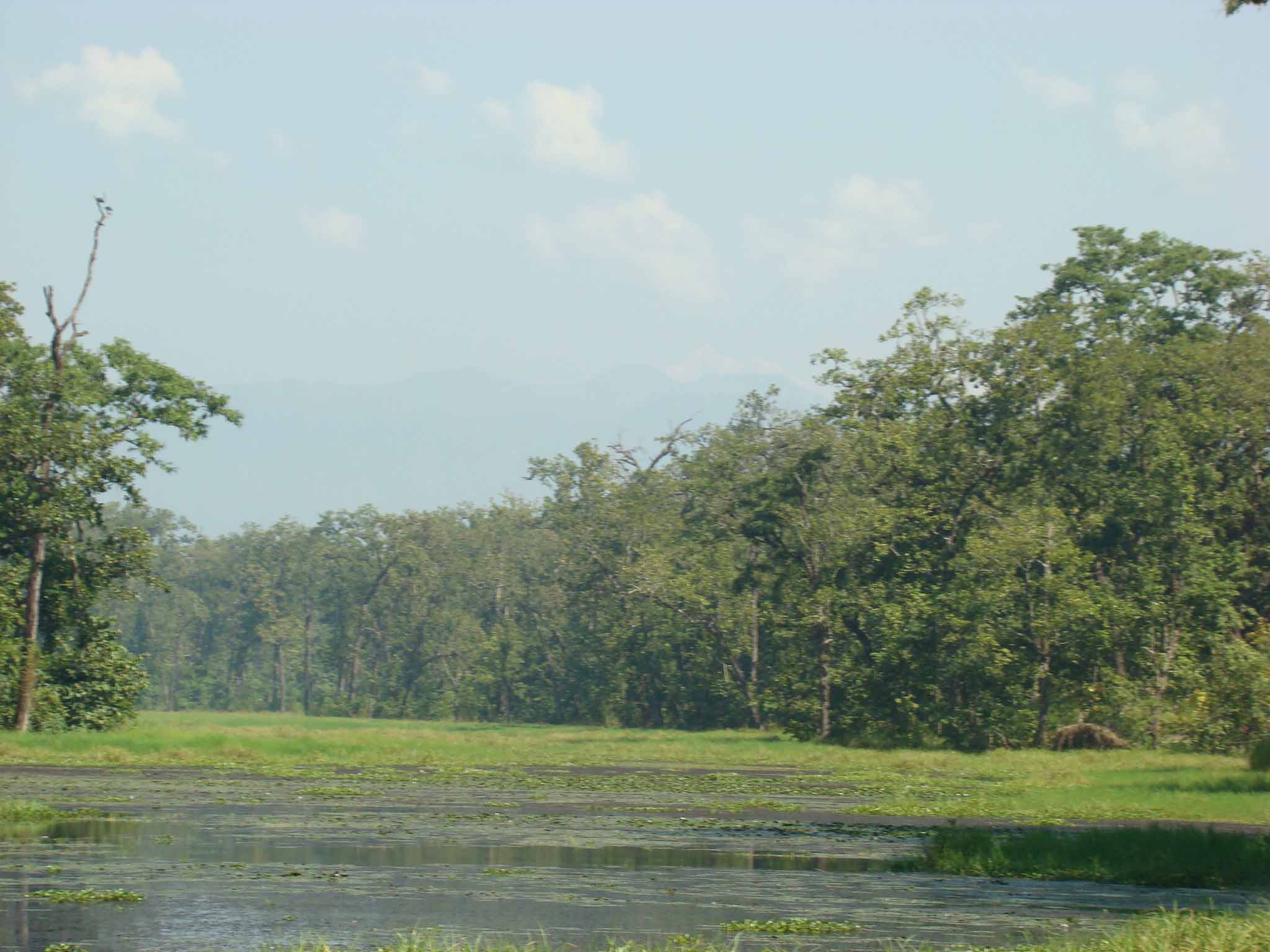
Chitwan: Harmony of nature and community
WILDLIFE AND COMMUNITY
-
Chitwan National Park was the first national park of Nepal established in 1973 with an area of 932 km2.In 1984 UNESCO declared Chitwan National Park a World Heritage Site of natural importance.
The world heritage site of natural importance Chitwan at the foot of the Himalayas is the heart of jungle undisturbed vestiges of the 'Terai' region, extending over India’s foothills. The spectacular landscape, covered with lush vegetation and the Himalayas at the backdrop makes Chitwan exceptional natural beauty. The forested hills and changing river landscapes wedged between two east-west river valleys at the base of the Siwalik range of the outer Himalayas make Chitwan one of the most stunning and attractive parts of Nepal’s lowlands.
Chitwan National Park is a unique ecosystem consisting of a diversity of ecosystems including the Churia hills, Ox-bow lakes, and the flood plains of the Rapti, Reu, and Narayani Rivers. The Churia hills rise slowly towards the east from 150 m. to more than 800 m. The western part of the park comprises the lower but more rugged Someshwar Hill. The Chitwan Valley consists of tropical and subtropical forests. Sal forests cover 70 per cent of the park. Grasslands cover 20 per cent of the park. More than 50 different types of grasses, including the elephant grass, are renowned for their immense height, which grows up to 8m in height. The park is home to more than 50 mammal species, over 525 birds, and 55 amphibians and reptiles. The endangered fauna found in the park is the One-horned rhinoceros, Gaur. Royal Bengal tiger, Wild elephant, Four-horned antelope, Pangolin, Golden monitor lizard, Python, etc. Bengal florican. Lesser florican, Giant hornbill, Black stork, While stork, etc.
Chitwan offers unique biodiversity, and natural and cultural experiences to each visitor. Canyoning in misty Rapti sighting Ghoral and different varieties of birds, flora and fauna, jeep safari and nature walk in the tropical jungle for sighting of the exclusive Royal Bengal Tiger and one-horned Asiatic rhinoceros to chirping birds to other different wildlife. The nature walk /jeep safari will bring you close to nature and its surroundings. The early morning cannoning at Rapti River will bring joy along with bathing with elephants. The excursion around Bishajahari (20,000) Lake, a Ramsar site will bring you close to bird’s paradise.
Another major highlight of the Chitwan Safari is the indigenous ethnic Tharu Community. Tharu has a distinct language, culture, rituals, and lifestyle. The hard-working farming and fishing community, Tharu is rich in folklore, literature, and language. Tharu is known for their living in harmony with nature. Their innocence and simplicity, costume, cuisine, and way of life, are very integrating and inviting to join foot-tapping music, Music beats will inspire you to dance together under moonlight till the wee hour. Maghi, in mid-January, is celebrated with fanfare as the festival of the new year. The day is also celebrated as liberation day (Mukti Diwas) as previously they used to be bonded labourers (Kamaiyas and Kamlaris) in different masters’ homes.
-
The tranquiller jungle will
-
The tranquiller jungle will
-
The tranquiller jungle will